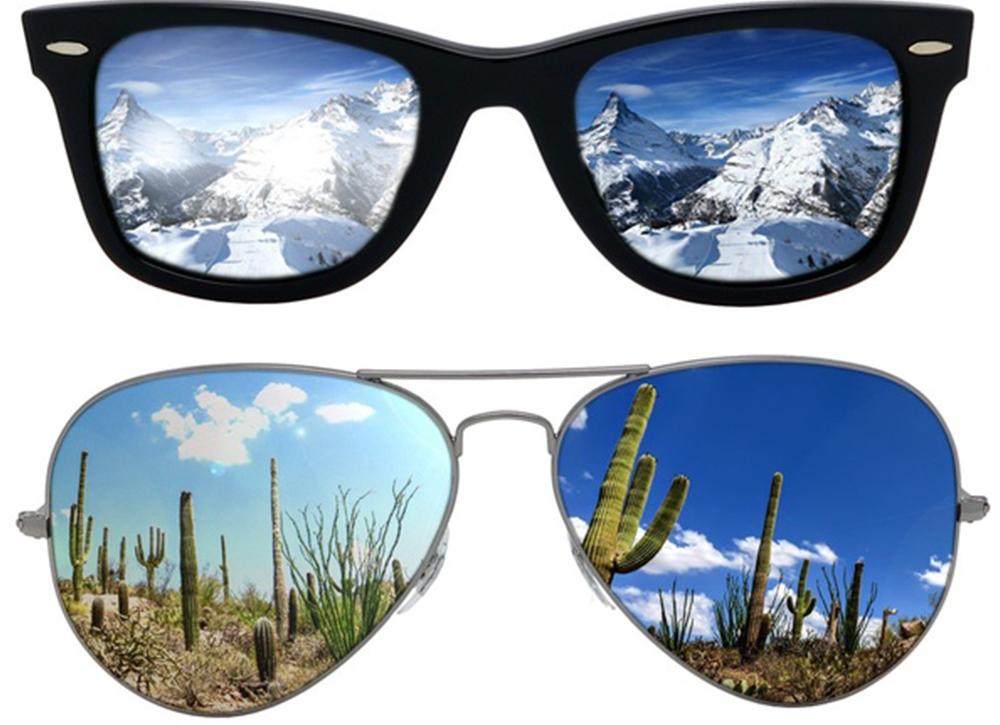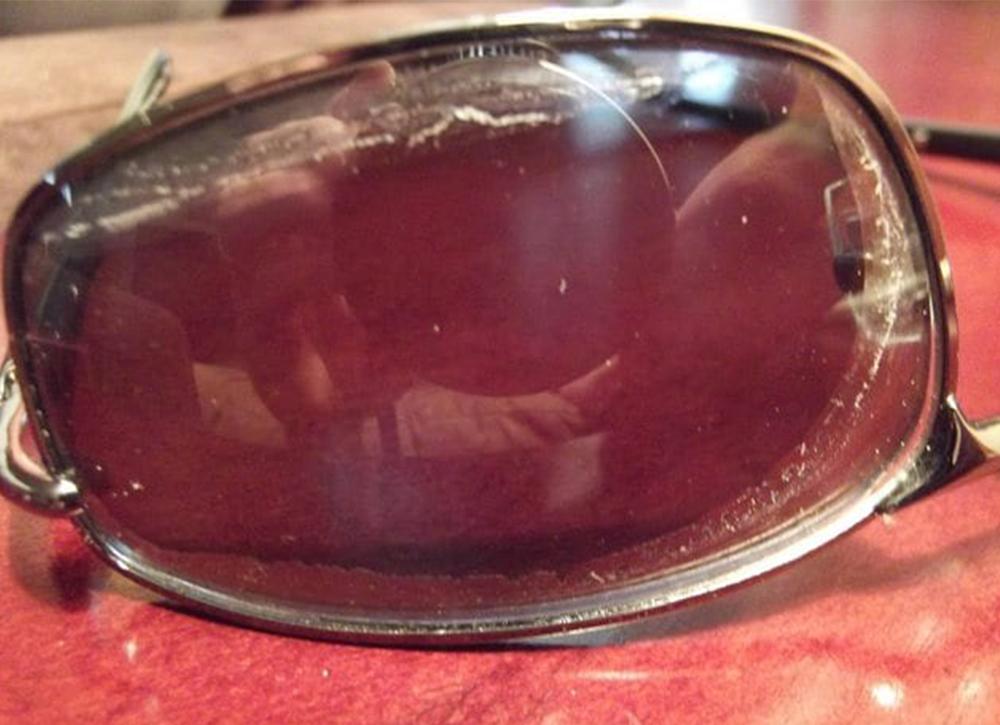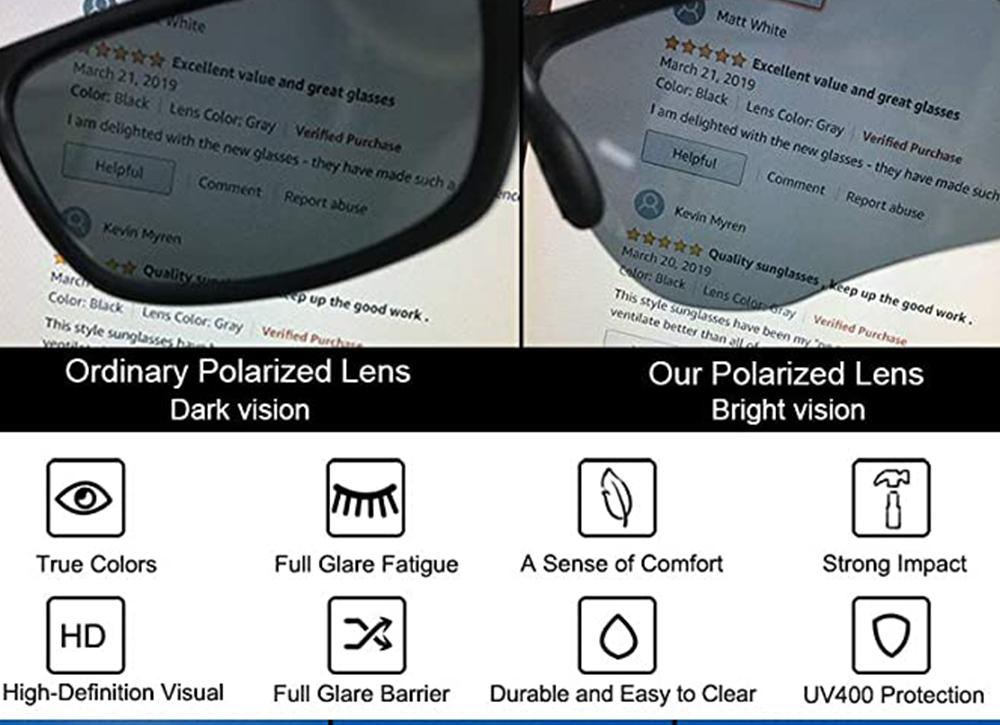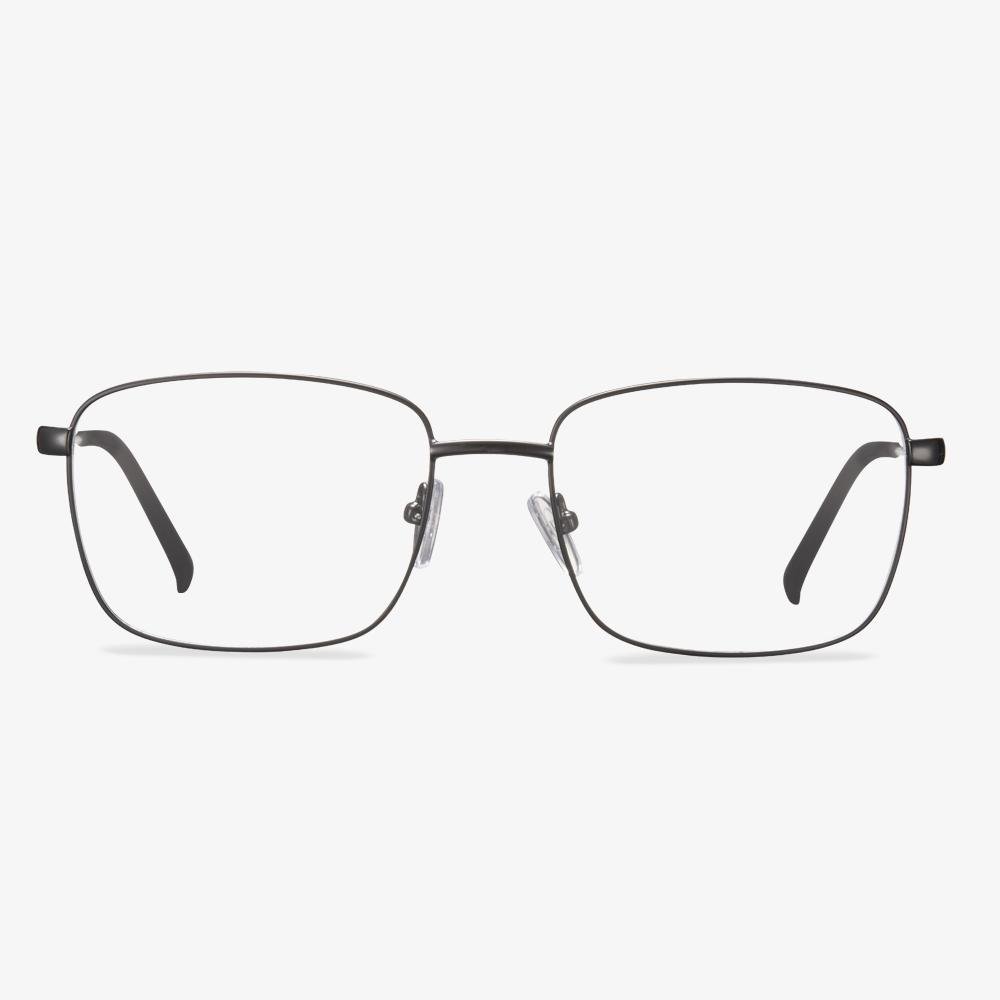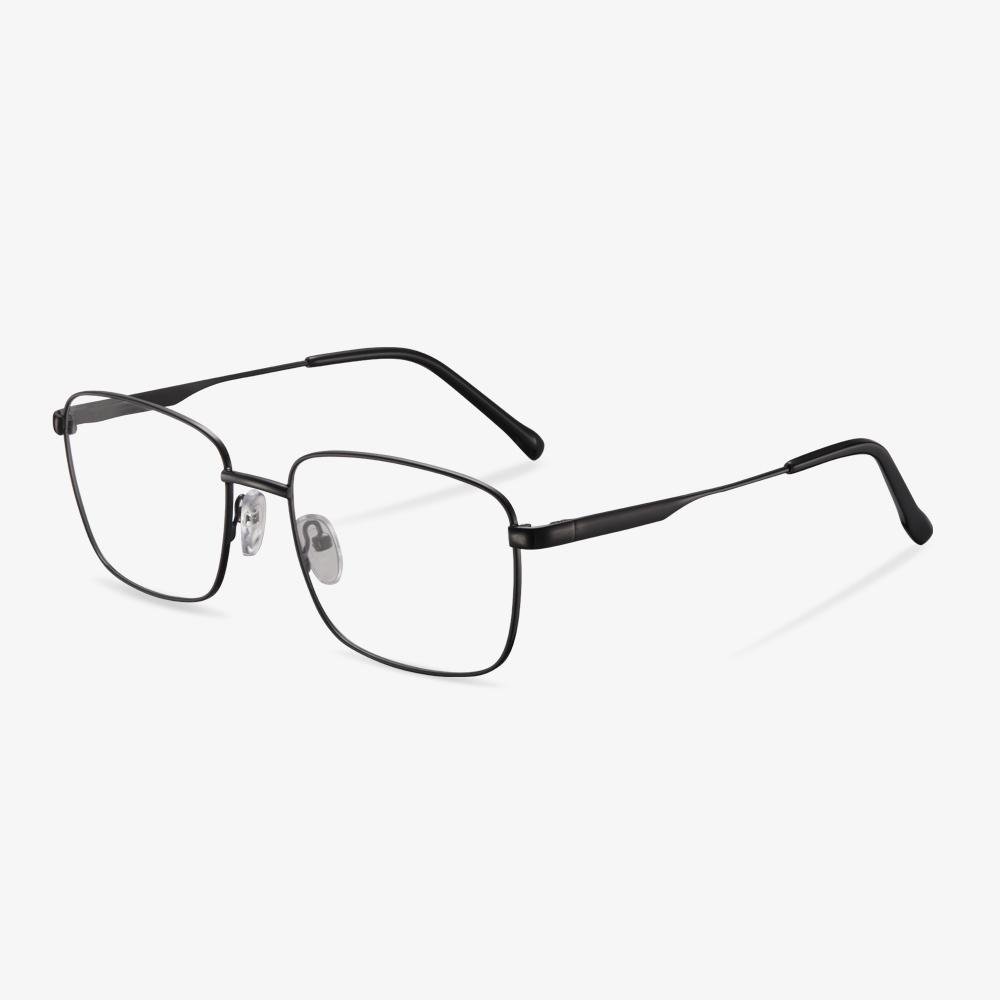In the previous article, we discussed “What is the advantage of polarized sunglasses?”. In this article, let’s talk about “How do polarized and non-polarized sunglasses differ?”.
Different Working Principles
Polarized sunglasses work by adjusting the incident horizontal light. The special laminated filters of polarized lenses contain vertical stripes that allow only vertical light to pass through, selectively eliminating the wavelengths that cause glare. The sun's rays reflect light in all directions, and when they hit a flat surface, the reflected light causes glare. Non-polarized lenses only reduce the amount of horizontal and vertical light passing through the lens. Polarized lenses absorb horizontal light waves while still allowing vertical light waves to pass through.
Types of Polarized Lenses
There are two types of polarized lenses: 0.75mm lenses and 1.1mm lenses. The different thicknesses of the polarized film can improve the durability of the lens because the polarized film is placed on the outside of the glass and protected by an anti-scratch coating. The 1.1mm film is more expensive than the thinner film and provides strength and scratch resistance. According to the material, it can be divided into glass material, resin material, TAC lens material. There are linear polarized lenses(line polarized lenses) and annular polarized lenses(round polarized lenses). The use method and the effect are the same.
Different Functions?
Non-polarized sunglasses provide basic protection against both vertical and horizontal UV rays. However, they do not reduce glare reflected by horizontal light. Polarized glasses have a built-in laminated filter that allows only vertical light to pass through and almost completely blocks horizontal light to eliminate glare. Polarized lenses are the most common lens for sunglasses, but the common prescription glasses also come with a polarized coating. Think of the sun reflecting off a wet road surface, or the sun hitting a slope during winter sports. Finally, polarized sunglasses are also useful when skiing. This glare is filtered through polarized glass, giving you a better view. General sunglasses just use the role of reducing light, because the general lens can not filter light. So they can only reduce the intensity of glare, ultraviolet light, and can not completely block this harmful light, and its function is only to reduce the damage to the eyes. Polarized lenses, because of their polarized properties, can completely block glare caused by scattering, bending, reflection, and other factors. At the same time, they can completely block UV light, which is harmful to the human eye, so that the eyes of the people in the strong light of long-term activities are not easy to be tired, achieving the real protection of the function, and letting things more clear, three-dimensional.
Different Degree of UV Protection And Different Price
Strong ultraviolet radiation is the human invisible killer, and a polarized lens is designed for this purpose. The blocking rate of ultraviolet radiation is up to 99%, while the blocking rate of ordinary dye lenses is quite low. Due to its high cross filter layer, polarized lenses can effectively filter all kinds of glare and ultraviolet light, up to 0%. They can not only reduce light intensity but also block glare and improve visual contrast, improve visual clarity. In the past, due to the manufacturing process, polarized lenses are only used for high-grade cameras and photographic machines. Sunglasses rarely have polarized lenses. The price of general sunglasses is relatively low than that of polarized sunglasses.
Thank you for your time in reading our passage “How do polarized and non-polarized sunglasses differ?”. For more information about sunglasses, please continue to follow?https://www.koalaeye.com/blogs/our-stories. Also, it is welcome to share and forward to Facebook and Twitter.
















